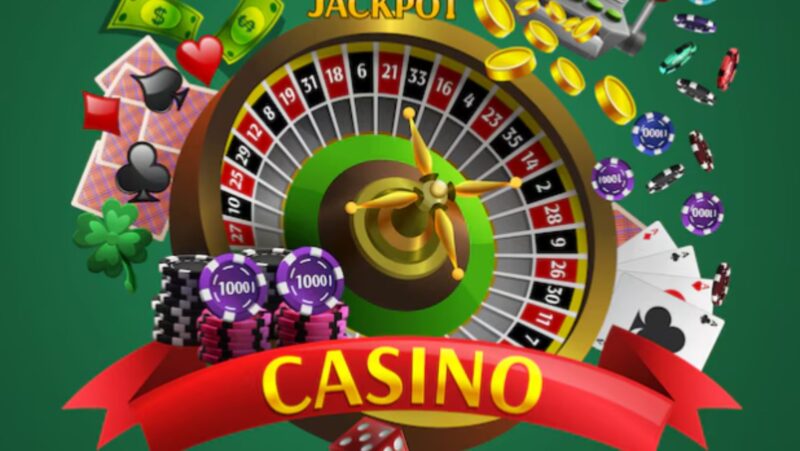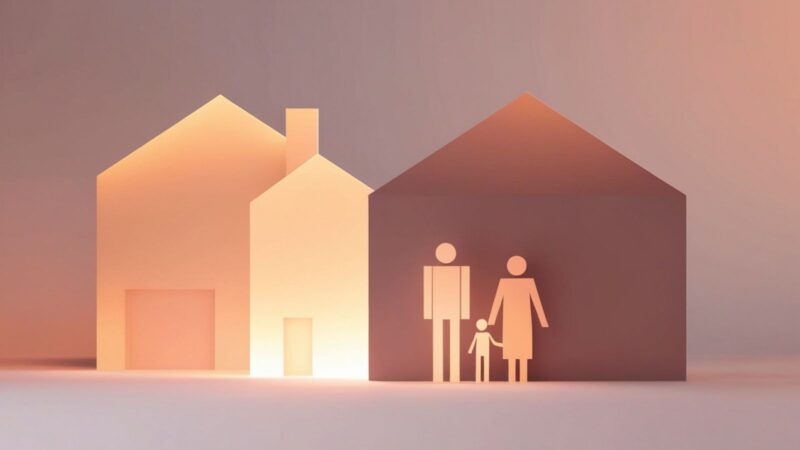
Melodic house music is a genre that infuses traditional house music with rich, harmonic textures, carving out a prominent niche within the electronic dance music (EDM) landscape.
Characterized by its emotive melodies and deep, resonant basslines, this genre invites listeners on an auditory journey. Over the years, the melodic house has gained momentum and distinguished itself from other house music subgenres through its unique blend of beats and melodies.
This article explores the essence of melodic house music, identifying its roots, characteristics, and profound impact on its audience.
Where Was Melodic House Music Born?
The origins of house music trace back to the underground dance scenes of Chicago in the early 1980s. Initially characterized by repetitive 4/4 beats and a predilection for disco-based samples, house music quickly evolved into a global phenomenon, spawning numerous subgenres along the way.
Melodic house music began to take shape in the late 1990s as producers started incorporating more sophisticated, melodically complex layers into their tracks, a departure from the more minimalistic beats that were prevalent at the time.
Artists like Anyma and Deadmau5 have been pivotal in popularizing this melodic style, blending catchy melodies with the traditional house rhythm structure to create music that is both danceable and emotionally stirring.
Over the years, the genre has continued to evolve, influenced by technological advancements and the creative innovations of new artists, making melodic house a dynamic and evolving form of musical expression.
What Is Melodic House Music Like?
Melodic house music is distinguished by its integration of smooth, flowing melodies with the traditional house beat.
Typically set to a tempo ranging from 120 to 125 beats per minute, this genre uses a steady four-on-the-floor beat, which serves as the foundation over which rich synthesizer melodies and basslines are layered. The use of reverb and echo effects enhances the spatial quality of the music, creating an expansive sound that can feel both intimate and grandiose.
Unlike more percussive house subgenres, melodic house focuses on harmonic and melodic development, often featuring prolonged build-ups that lead to emotionally charged drops. These elements collectively forge an immersive listening experience that not only moves the body but also stirs the soul, making it a favorite in both club settings and personal listening.
The Cultural and Emotional Impact of Melodic House
The emotional pull of melodic house music is strong, often evoking feelings of euphoria and introspection among its listeners. This emotive power has made melodic house a staple in the festival circuit, where its uplifting melodies and rhythmic beats create communal experiences of joy and connectivity.
Beyond the dance floor, melodic house music has permeated various aspects of lifestyle and culture, influencing fashion, visual arts, and even mindfulness practices. Clubs around the world curate entire nights dedicated to the genre, attesting to its significant cultural footprint. Additionally, the genre fosters a tight-knit community of fans and creators who share a deep appreciation for the craftsmanship behind the music and the feelings it elicits.
This sense of community sustains the genre’s popularity while fueling its continuous evolution as artists and fans alike push its boundaries in new and exciting directions.
Comparing Melodic House With Other Genres
Melodic house music is distinct within the house music family, characterized by its emotional depth and melodic focus.
Unlike a deep house, which often features a slower tempo and a smoother, more understated bassline, the melodic house embraces a more energetic and pronounced beat, making it ideal for dancefloor dynamics.
Compared to tech house, which leans towards minimalistic and repetitive percussion with less emphasis on melody, the melodic house offers a richer, more layered sound, often incorporating elements from classical and pop music to enhance its appeal.
The unique feature of melodic house music is its ability to maintain the danceable properties of house music while integrating complex melodies that evoke a broad range of emotions.
What Is the Future of Melodic House Music?
As technology continues to evolve, so does the potential for new sounds and styles within melodic house music.

Innovations in digital audio workstations and synthesizers allow producers to experiment with new textures and sounds, pushing the boundaries of what can be achieved within the genre. This technological progression, coupled with a vibrant and creative community of artists, promises a bright future for melodic house music.
Emerging artists in the melodic house scene are increasingly blending genres, incorporating influences from ambient, techno, and even classical music to create fresh and innovative tracks. This evolution is likely to continue, attracting new listeners and keeping the genre dynamic and exciting.
Harmonious Horizons: Reflecting on Melodic House Music
In exploring the world of melodic house music, we have uncovered a genre that compels the body to move and touches the soul. Its blend of rhythmic energy and melodic beauty offers a unique auditory experience that resonates deeply with a diverse audience.
As melodic house continues to evolve and expand its boundaries, it promises to remain a beacon of innovation in EDM at large. Melodic house music is poised to continue its journey, creating spaces where harmony and rhythm create perfect havens for everyone who listens.













